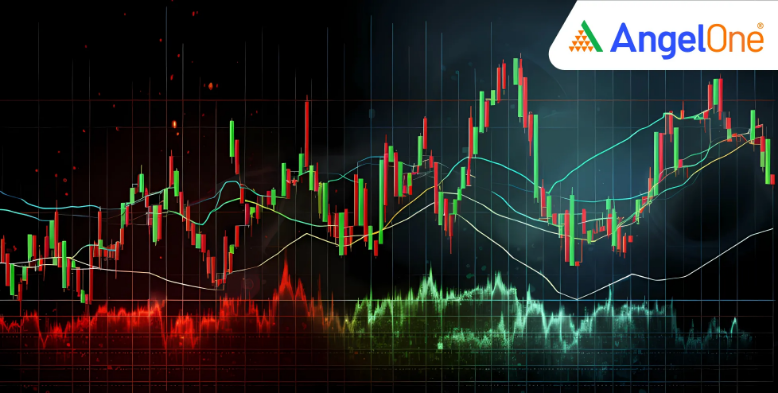
India’s exports to Nepal recorded one of the steepest declines among its major trading partners in September, as youth-led protests and political transition in the Himalayan nation disrupted trade routes. Shipments fell 16.6% year-on-year to $516.62 million, reversing recent gains and underscoring the vulnerability of India’s overland trade corridors. In contrast, exports to Spain, China, and Brazil surged, highlighting India’s broader efforts to diversify its global trade base.
The sharp decline reflects the impact of political unrest in Kathmandu, which severely disrupted logistics and cross-border movement of goods. Key export categories affected included petroleum products, steel, pharmaceuticals, food items, plastic raw materials, two- and three-wheelers, machinery, and engineering goods. Road transport, the primary channel for India’s exports to Nepal, was obstructed for several days due to violent demonstrations and subsequent administrative changes.
Nepal’s economic activity slowed after widespread youth protests over corruption and unemployment forced Prime Minister K.P. Sharma Oli and Home Minister Ramesh Lekhak to resign. Former jurist Sushila Karki was appointed as the new prime minister, but trade disruptions persisted through September, delaying shipments at border checkpoints.
India continues to be Nepal’s largest trading partner, maintaining a significant trade surplus. Despite the September setback, bilateral trade has grown modestly over the past six months.
The last comparable decline occurred in June 2025, when exports dipped 4% year-on-year to $593.81 million. Petroleum and industrial inputs dominate India’s export basket to Nepal, making them particularly vulnerable to political and logistical disruptions.
Even as exports to Nepal slowed, India witnessed robust growth in shipments to other major markets:
Overall, India’s merchandise exports rose 6.7% year-on-year to $36.38 billion in September, reflecting strong performance in select markets despite a 12% decline in shipments to the United States.
Despite healthy export momentum, India’s trade deficit widened to a 13-month high of $32.15 billion in September, compared with $26.49 billion in August. Imports surged 11% month-on-month to $68.53 billion, primarily due to rising global prices of gold, silver, and energy commodities.
The wider deficit highlights persistent external pressures amid elevated commodity prices and robust domestic demand ahead of the festive season.
Read More: Indian Exports to US Drop 37.5% in 4 Months.
The steep fall in exports to Nepal underlines the fragility of India’s land-based trade networks and the broader economic impact of regional instability. While expanding trade ties with Spain, China, and Brazil strengthens India’s resilience, dependence on politically sensitive neighbours poses ongoing risks.
As global trade dynamics evolve, India’s export strategy will need to focus on logistics diversification, infrastructure upgrades, and risk management to mitigate future disruptions. Balancing regional engagement with global market expansion will be key to sustaining export growth in the months ahead.
Disclaimer: This blog has been written exclusively for educational purposes. The securities mentioned are only examples and not recommendations. This does not constitute a personal recommendation/investment advice. It does not aim to influence any individual or entity to make investment decisions. Recipients should conduct their own research and assessments to form an independent opinion about investment decisions.
Investments in the securities market are subject to market risks, read all the related documents carefully before investing.
Published on: Oct 20, 2025, 1:27 PM IST

Akshay Shivalkar
Akshay Shivalkar is a financial content specialist who strategises and creates SEO-optimised content on the stock market, mutual funds, and other investment products. With experience in fintech and mutual funds, he simplifies complex financial concepts to help investors make informed decisions through his writing.
Know MoreWe're Live on WhatsApp! Join our channel for market insights & updates